When do you use clustering algorithms?
When do you use classification techniques?
Here’s our quick video that explains the difference between the two and when you might use each.
What Are Clustering and Classification?
Clustering and classification are machine learning methods for finding the similarities – and differences – in a set of data or documents. These methods can be used for such tasks as grouping products in a product catalog, finding cohorts of similar customers, or aggregating sets of documents by topic, team, or office.
Supervised vs Unsupervised Learning
Classifications take a set of data that you’ve already manually analyzed and labeled and uses that to train a learning model to then examine a set of new data. This is called supervised learning.
Clustering on the other hand, doesn’t require an existing data set that’s been labeled by humans but still tries to find the groupings and differences in the data. This is called unsupervised learning.
The Crisis of Unlabeled Data
Without clustering algorithms and classification techniques, search results become watered down and non-specific. Business users and admins have to spend too much time manually adjusting relevancy and precision. Let machine learning do the work so you can focus your time and resources where they matter most.
Fusion Makes Clustering and Classification Easy
Lucidworks Fusion ships with clustering and classification algorithms that are pre-tuned by our data scientists drawing on our expertise with customers around the world. These machine learning methods include popular algorithms and approaches like:
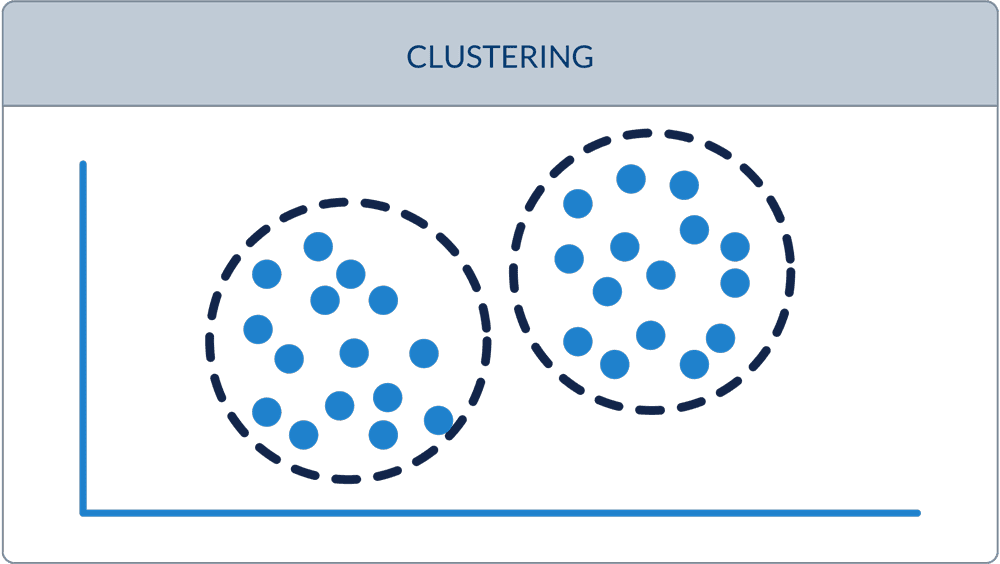
Clustering
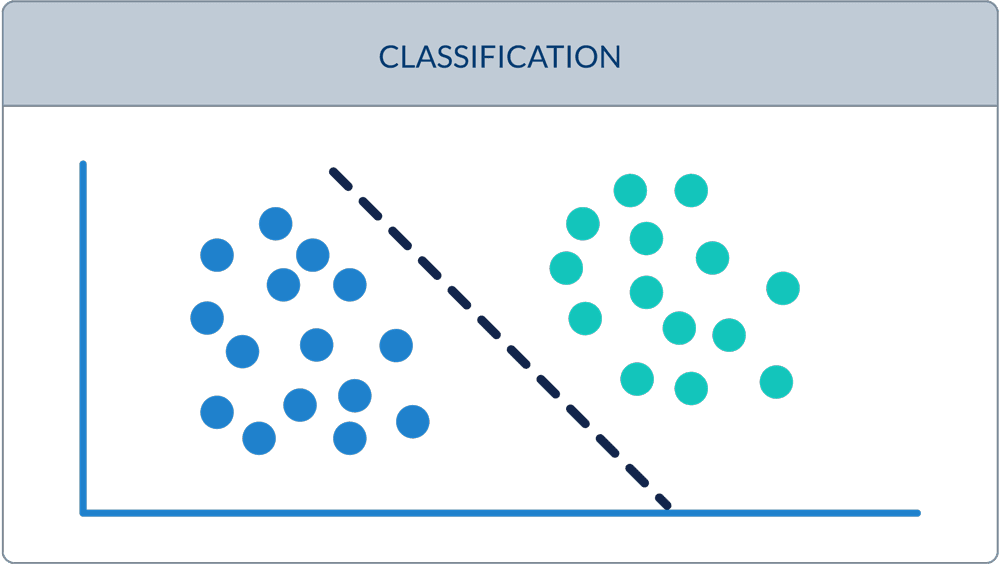
Classification
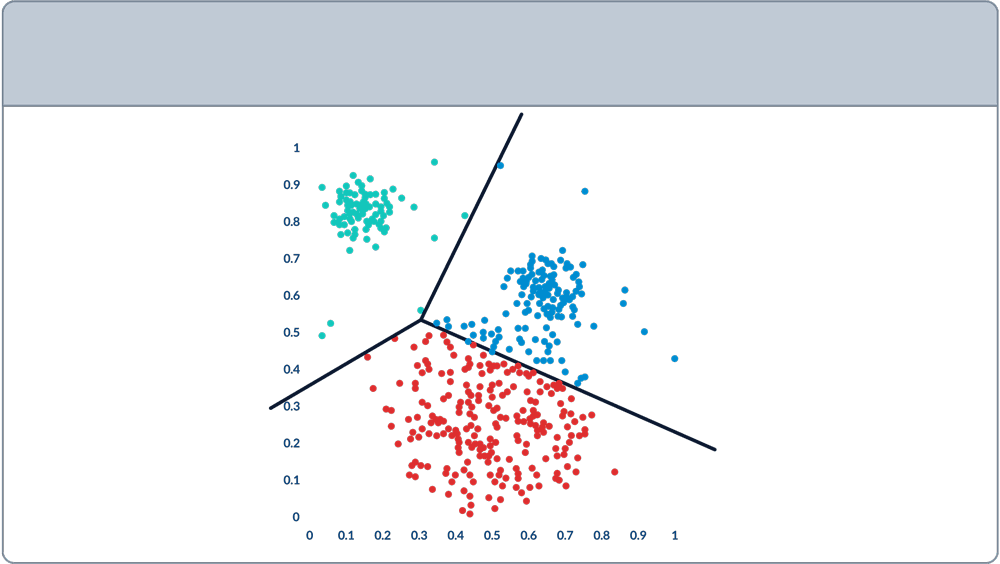
K-Means Clustering
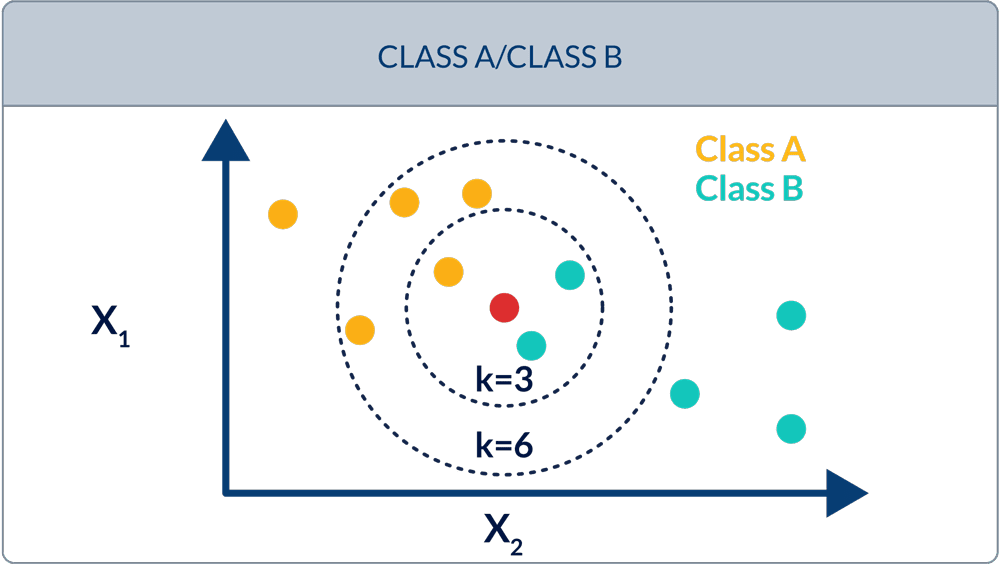
K-Nearest Neighbors
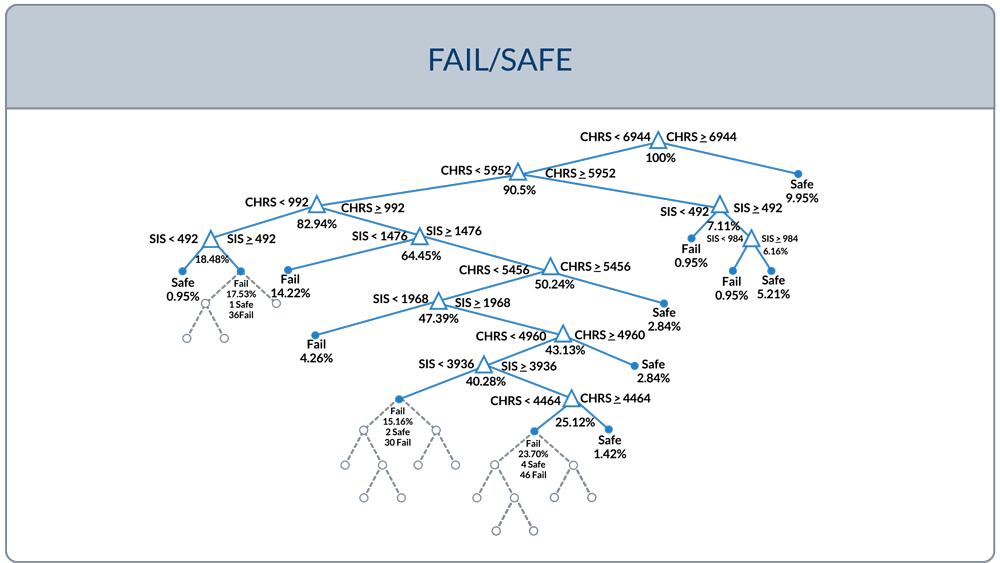
Decision Trees
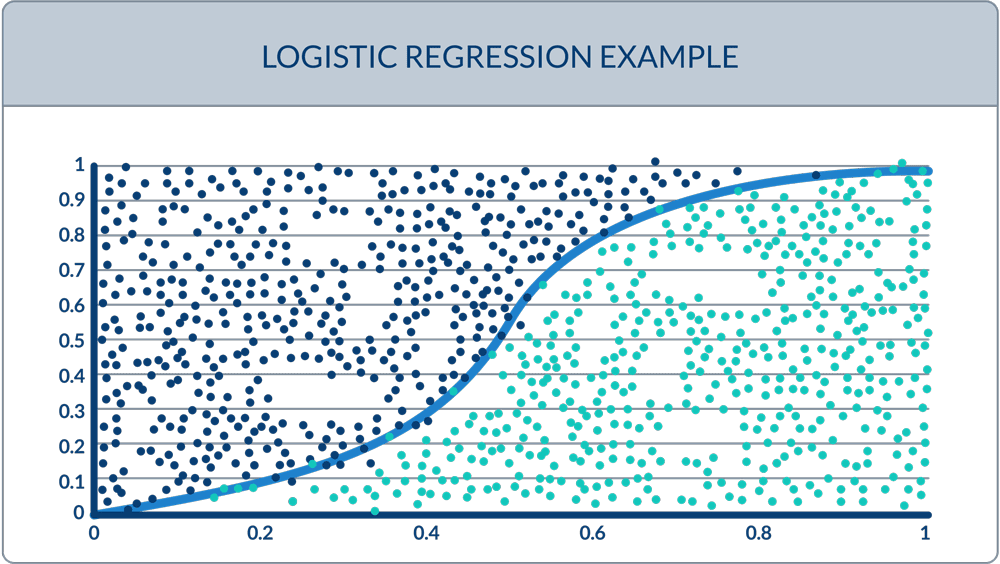
Logistic Regression
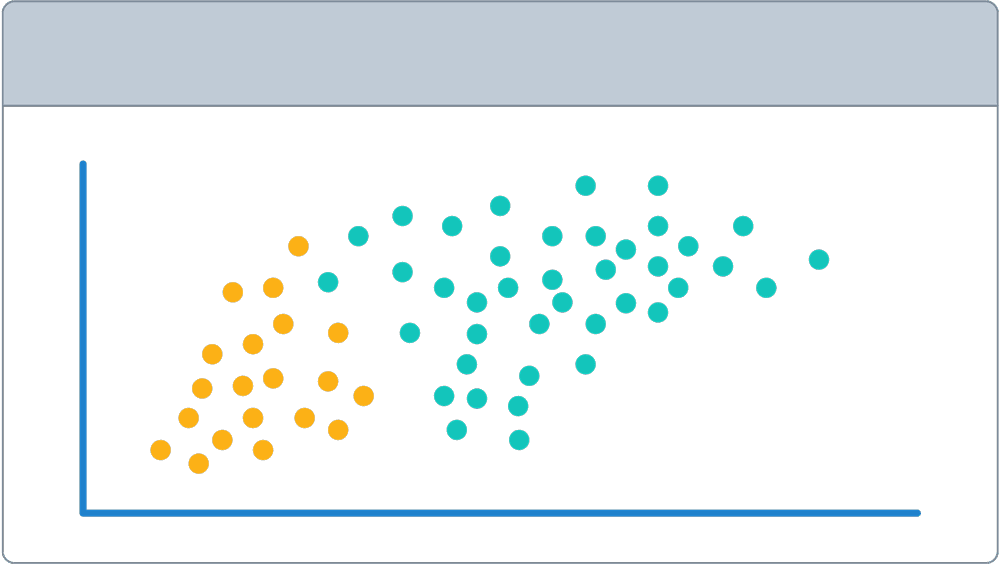
Naive Bayes Modeling
Fusion’s AI capabilities give you full insight and control to test, configure, and deploy these methods to your applications to give every user more precise search results.
Elements of AI-Powered Search
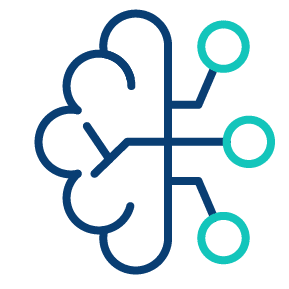
Augmented Intelligence
There’s nothing artificial about intelligence. Augmented intelligence is when AI extends human judgment instead of replacing it.
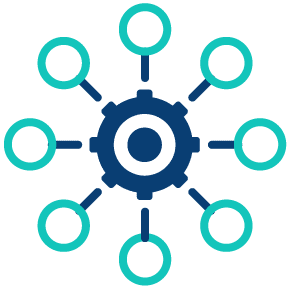
Machine Learning
Machine learning and search engines are a incredible combination for creating powerful experiences for customers and employees.
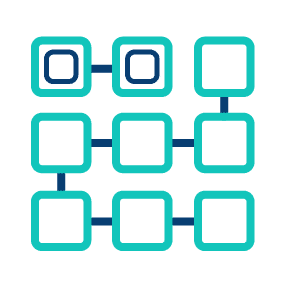
Clustering & Classification
How clustering and classification algorithms can improve the search experience for your employees and customers.

Query Analysis
Underperforming queries aggravate everyone. Head/tail analysis stops it.
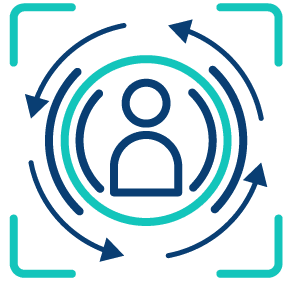
Signal Capture & User Behavior
Users are constantly telling you what they like and what they don’t. Are you listening? Predict user intent by applying signals.
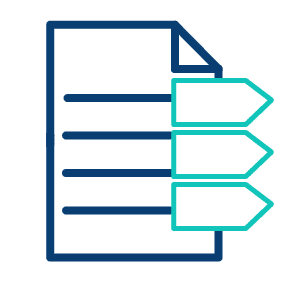
Indexing
The best search applications index all of a company’s data so users have one unified search experience.
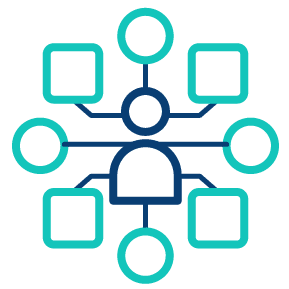
Hyper-Personalization
Personalization is about addressing people by name. Hyper-personalization is figuring out what they really want.
Natural Language Search
What if we could talk to computers in the same way we talk to people. Natural language search gets you there.
